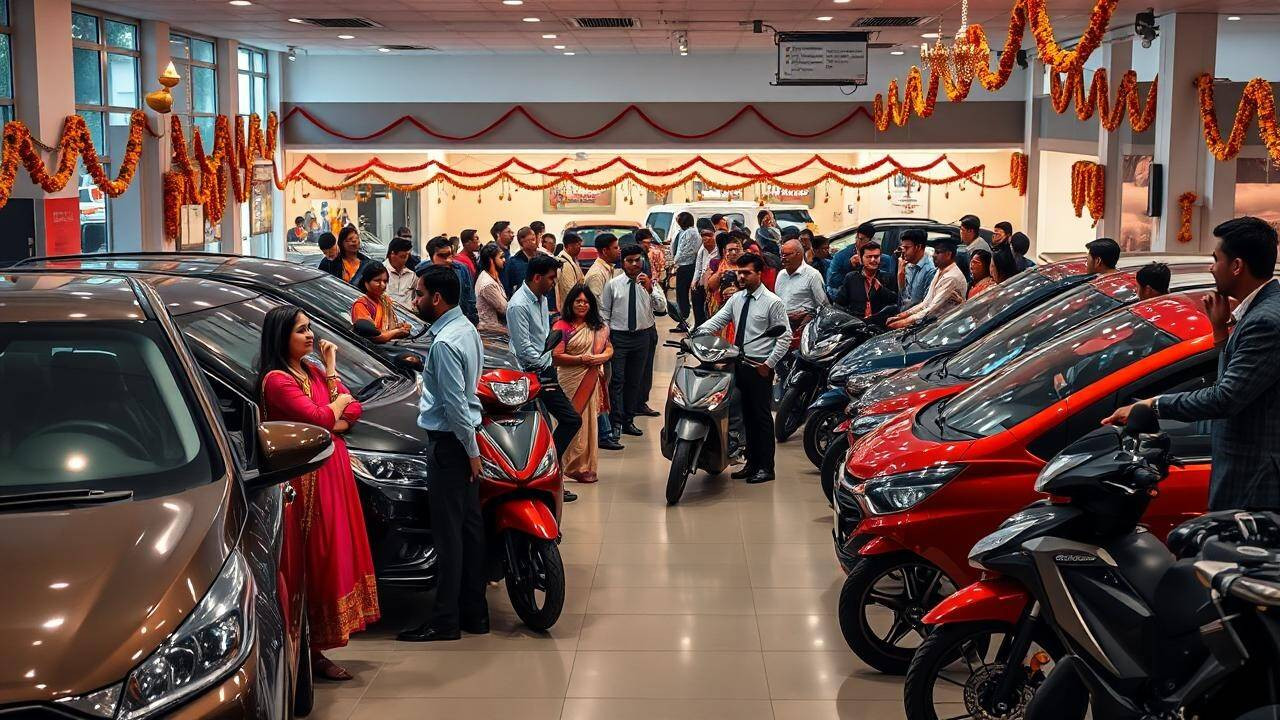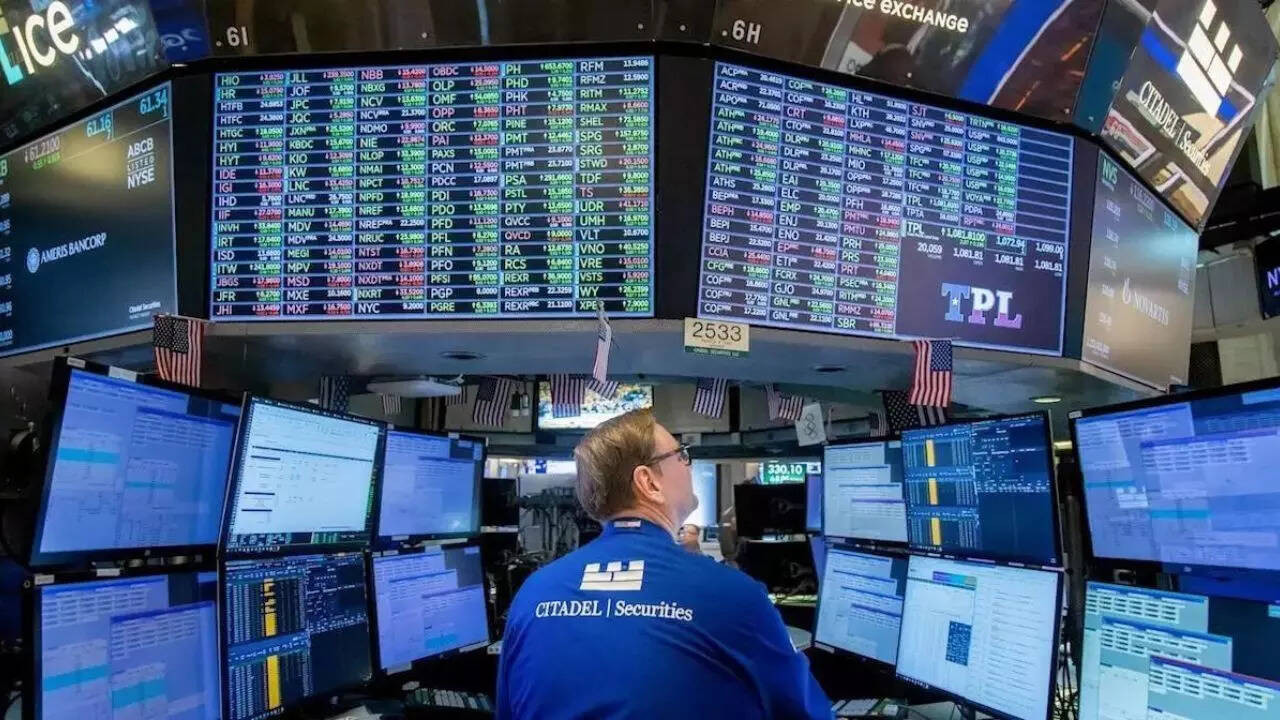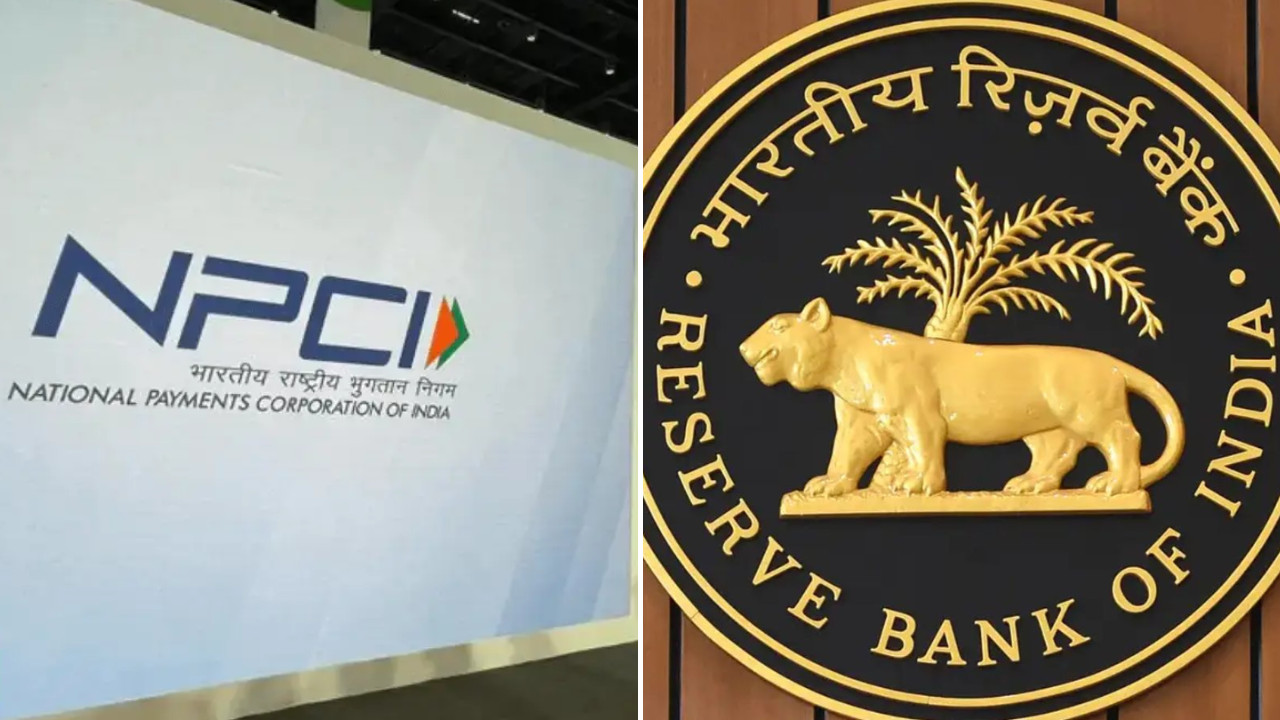Auto retails surged by a record 34% to 11.6 lakh units during the Navratri period, driven by GST cuts and the start of the festive season. Passenger cars and two-wheelers saw significant growth, with dealerships reporting record footfalls and deliveries, setting a promising tone for sustained demand.
Revving Up: Navratri Sales Signal a Bright Future for the Auto Industry
The air is buzzing with excitement, not just from the lingering festive cheer of Navratri, but from the palpable energy in the Indian auto market. New data reveals a stunning 34% surge in auto retail sales during the Navratri period this year, painting a vibrant picture of a sector rebounding with impressive force. This isn’t just a fleeting festive spike; it’s a potential indicator of sustained growth fuelled by a combination of factors, from strategic GST cuts to a bountiful harvest season.
A Harvest of Opportunities: Rural Demand Drives Auto Sales
One of the most significant contributors to this automotive renaissance is the strength of rural demand. A good monsoon season, resulting in a bumper harvest, has put extra money in the pockets of farmers, a demographic that forms a crucial segment of the two-wheeler and entry-level car market. The ripple effect is clear: increased disposable income translates directly into increased purchasing power, and many rural families are choosing to invest in personal transportation.
The timing couldn’t be better. Automakers have been diligently expanding their reach into rural areas, establishing dealerships and service centers to cater specifically to this growing consumer base. This proactive approach, coupled with the positive economic outlook in agricultural regions, has created a perfect storm for sales growth. It’s a clear signal that the Indian automotive industry’s future success is deeply intertwined with the prosperity of its rural communities.
GST Cuts Provide a Turbo Boost to Automotive Purchases
Beyond the rural boom, strategic moves by the government, particularly regarding Goods and Services Tax (GST), have played a pivotal role. While specific GST changes during the Navratri period aren’t detailed in the source, the broader trend of government support for the automotive sector through tax incentives and subsidies is undeniable. These measures effectively lower the cost of vehicle ownership, making it more accessible to a wider range of consumers.

This is especially true for first-time buyers who are often highly sensitive to price fluctuations. By reducing the overall financial burden associated with purchasing a new vehicle, GST adjustments have undoubtedly acted as a catalyst, incentivizing consumers to make the leap and invest in personal mobility. In a market where affordability is paramount, even seemingly small tax reductions can have a significant impact on sales volume.
Beyond the Numbers: What Does This Mean for the Future of Indian Autos?
This Navratri surge is more than just a feel-good story; it offers valuable insights into the evolving dynamics of the Indian auto market. It underscores the importance of understanding and catering to the unique needs of rural consumers. It also highlights the power of government policy in shaping consumer behavior and driving industry growth.
However, challenges remain. Rising fuel prices, fluctuating raw material costs, and the ongoing global chip shortage continue to pose hurdles for automakers. Navigating these challenges will require innovation, strategic partnerships, and a relentless focus on customer satisfaction. For information about electric vehicles, read more [about our EV maintenance tips](/ev-maintenance).
The road ahead is undoubtedly filled with opportunities for growth and innovation. Automakers who can successfully adapt to the changing landscape, embrace technological advancements, and prioritize customer needs will be well-positioned to thrive in this dynamic market. The Navratri sales figures are a strong indicator that the Indian auto industry is on the right track, and that the future looks brighter than ever.
Conclusion: A Sustainable Drive Forward?
The robust auto retail sales during Navratri suggest a potent combination of factors – a strong agricultural economy, supportive government policies, and strategic industry outreach – are propelling the Indian automotive sector forward. While challenges remain, the underlying positive sentiment and renewed consumer confidence paint an optimistic picture. Will this momentum sustain? Only time will tell, but the signs are certainly encouraging that the Indian auto industry is gearing up for a period of significant and sustainable growth.







